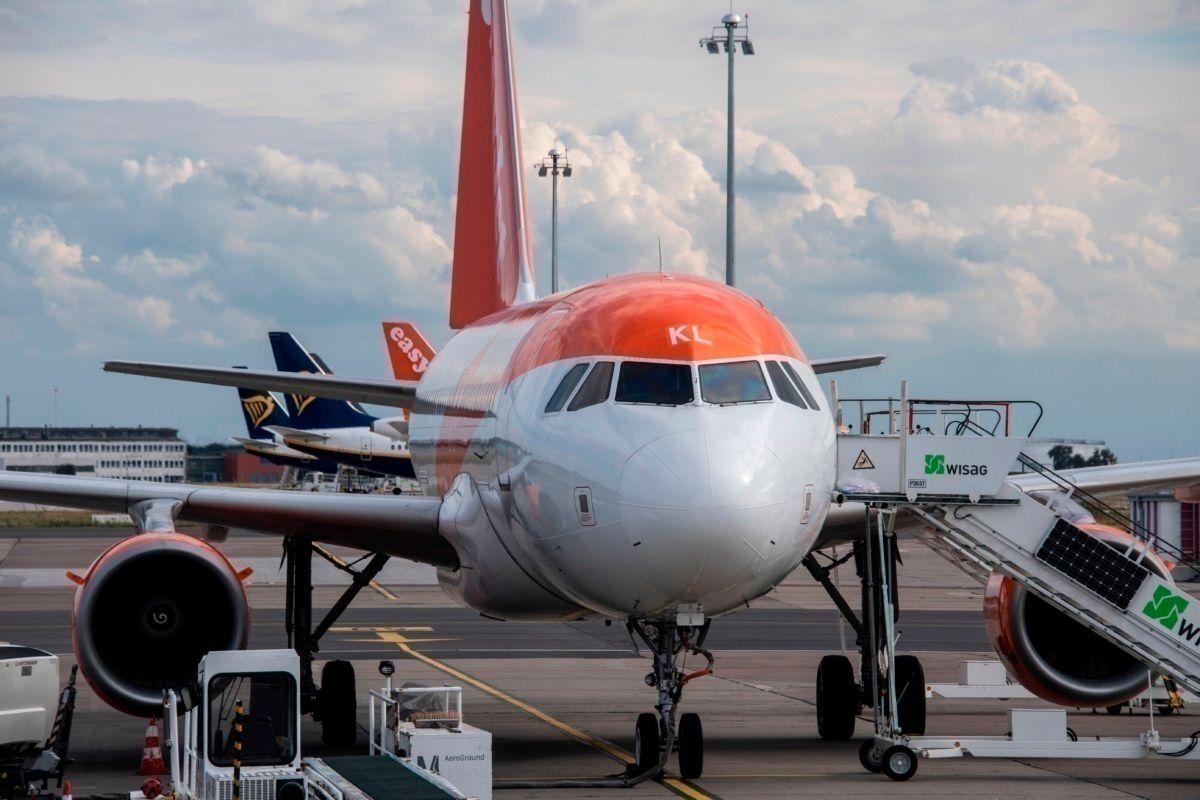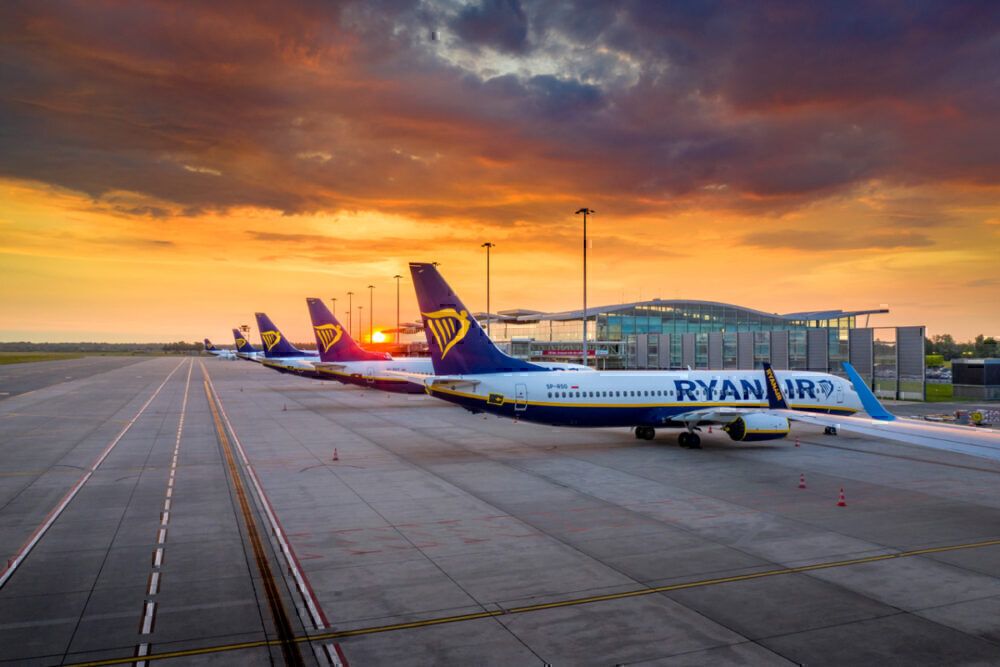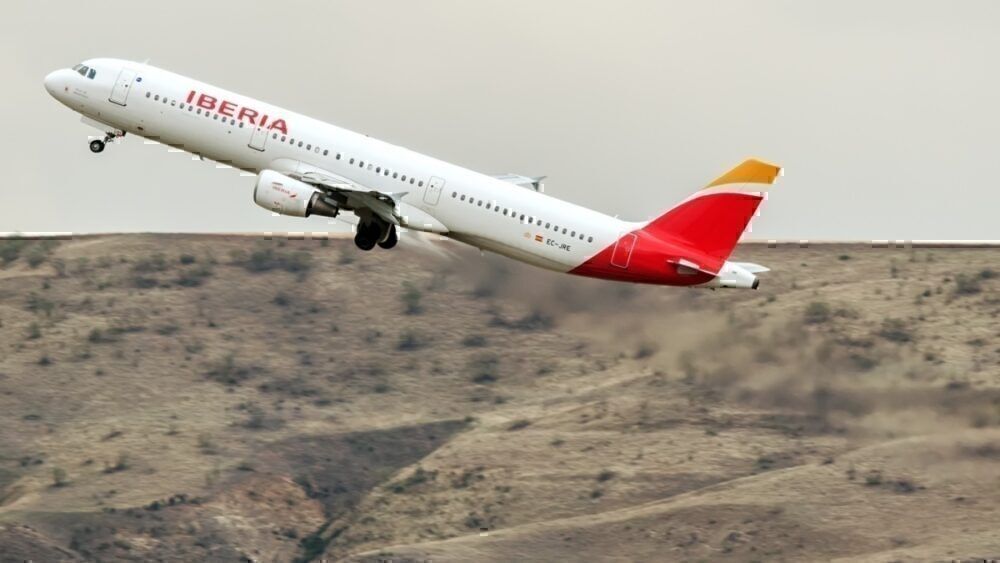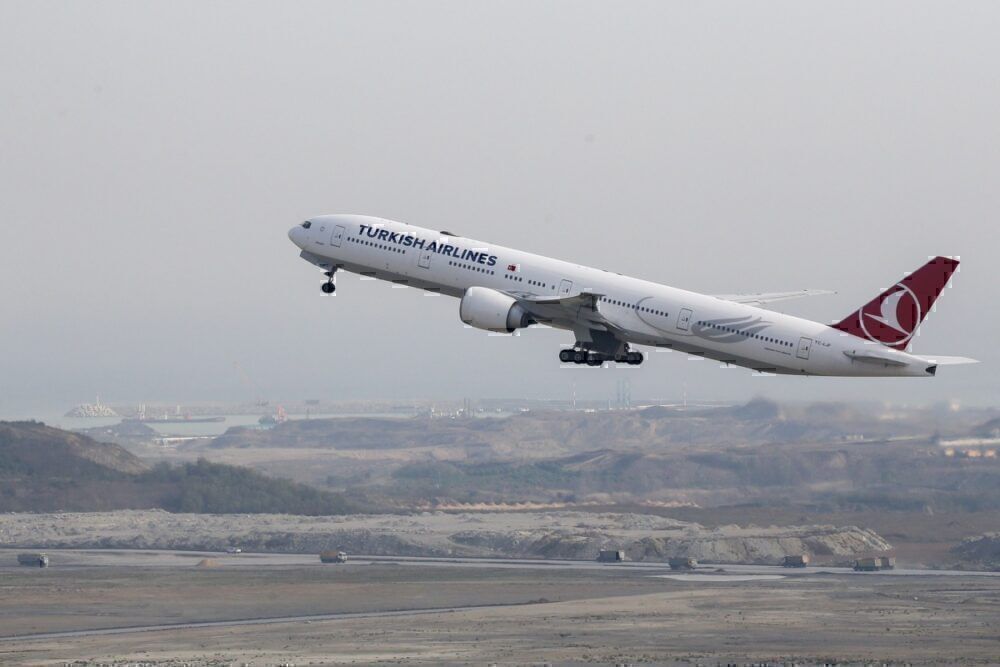Airlines across Europe had been adding capacity to their networks in spades, in the hopes to snag some last-minute summer holiday traffic. But the ever-changing quarantine requirements and border restrictions around the continent have shaken traveler confidence and made the recovery difficult. On one of the busiest corridors in Europe – the UK to Spain – almost a third of capacity has been lost in the last month alone.
Border restrictions make travel difficult
Since lockdowns began to ease, airlines in Europe have been scrambling to put capacity back into their networks. Hoping to catch the tail end of summer demand, carriers including Ryanair and easyJet have laid on flights to all the tourist hotspots with gusto.
However, as numerous European countries fall into a second wave of the COVID-19 virus, changing border restrictions and quarantine requirements have hampered airline growth. One of the countries hit hardest by the pandemic in the first wave was Spain, with infections in March growing to as many as 10,000 new cases a day.
Despite seemingly getting the virus under control, driving it down to less than 500 cases a day through May and June, from early July, the numbers have gradually crept up. On July 25th, with daily cases surging to more than 2,000, the UK imposed a 14-day quarantine on those returning from the popular vacation destination. It was sudden, delivered with just hours warning, and shook up the holiday plans of many Brits.
In the latest routes analysis from OAG, the firm has highlighted just what the effect on the air traffic between the two countries has been.
Stay informed: Sign up for our daily aviation news digest.
30% capacity lost
The corridor between Spain and the UK is usually one of the busiest in Europe. Even with 63% fewer seats on offer than in September last year, there are still almost two million seats flying between the countries this month. However, what is telling is the amount of capacity that was scheduled in for September and has now been pulled.
Since August, 31.8% of the capacity on the UK-Spain corridor has been lost, marking a combination of fear of travel, border restrictions and the end of the school summer holidays.
And it's not just the UK that has seen traffic to Spain plummet. Germany, Italy and France have also lost capacity, at a rate of 38%, 13.5% and 45.2%, respectively. Overall, this marks a drop of a staggering 2.4 million seats flying to Spain compared to last month.
Out of all the countries in Europe, Spain has been hit the hardest so far with the second wave. Paul Charles of the PC Agency reported yesterday that the cases per 100,000 residents had risen to 157, with a staggering 30,000 new cases registered last Friday alone.
Other hard-hit markets
Of course, it's not just Spain that's seen airlines pulling capacity this month. Other European countries are also struggling with a second wave, and with the subsequent travel restrictions that are imposed by countries like the UK.
France was added to the UK's quarantine list in mid-August and has seen a 37% reduction in seats offered as a result. Overall, the market now has just 416,000 seats flying, more than 70% less than in September 2019.
Capacity between India and the UAE has been one of the worst affected in the past month. Cases in India have spiked up again, causing airlines to pull their flights. From month to month, available seats have reduced by a staggering 54%, bringing the total to more than 71% lower than September last year.
But it's not all bad news. A notable exception is the market between Russia and Turkey, which has seen capacity added back in hand over fist. Between August and September, available seats rose by almost 90%, with total capacity now sitting at just a quarter below what it was last year.
Without more consistency on border restrictions to inspire traveler confidence, we'll likely continue to see this trend of disappearing flights as we move into winter. Generally a quieter time for air travel anyway, these ever-changing rules and requirements make it hard for passengers to plan travel, and even harder for airlines to manage capacity. Whether that will see more airline casualties before the spring rolls around remains to be seen.




